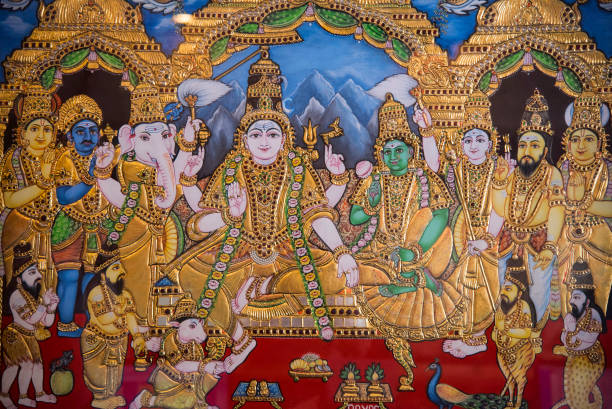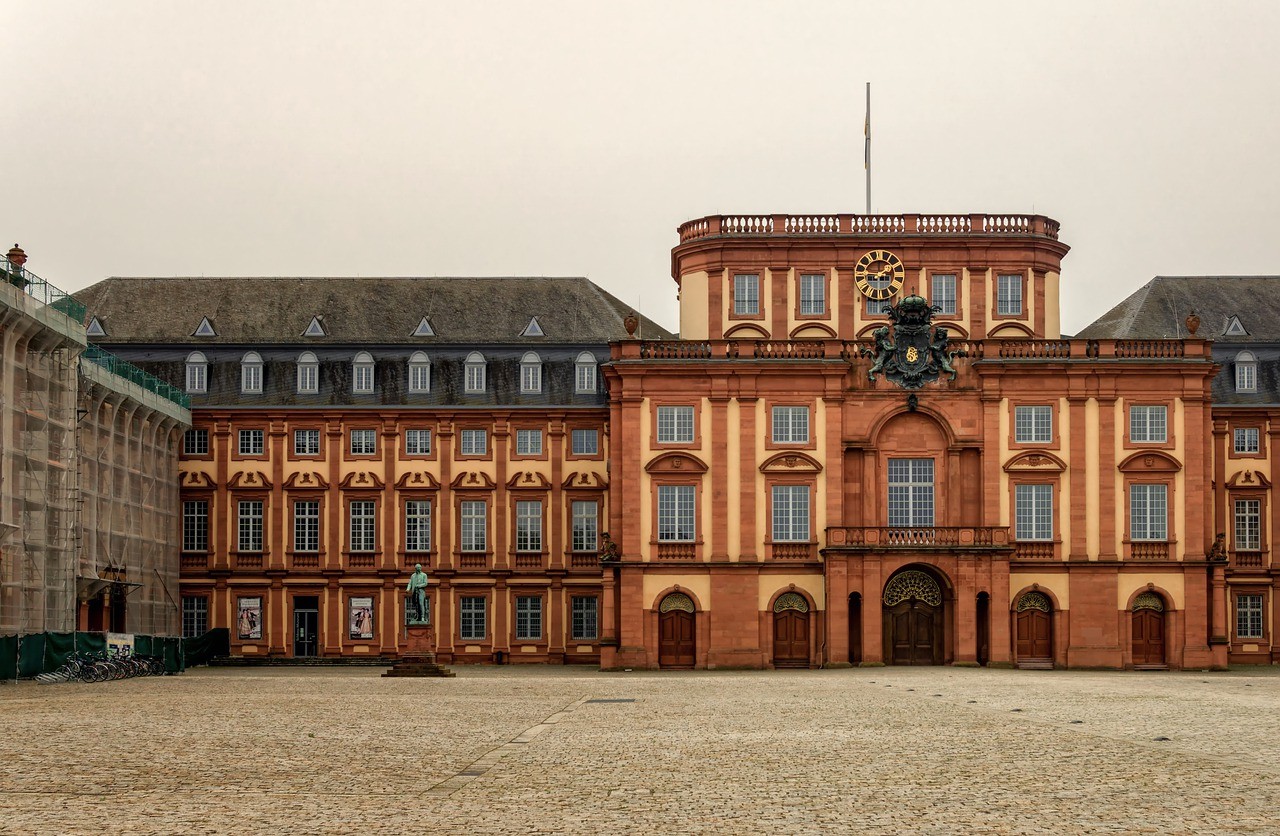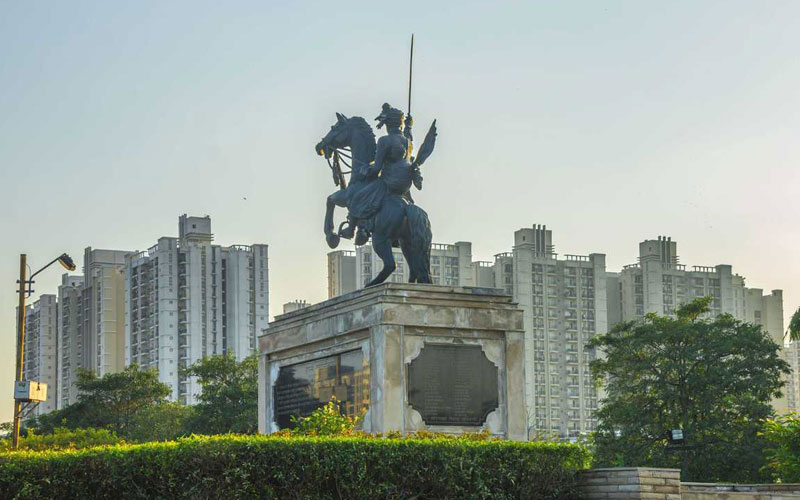Visiting temples and other religious places provides us with the inner feeling of peace. More than that even if it is a monument area or any ancient building, refresh up and make us excited about visiting them. But have you ever wondered if the temples with no god or goddesses inside? Filmy City of Myanmar
Have you thought of a place full of temples at every 50 m of gap? Have you visited such a heritage site of an ancient era? If answers to all these questions are up to “No”, we are here to provide you with one. In this blog, we will explore an amazing place in Burma, Myanmar with more than 2200 temples in it.
The Mandalay Region, Burma (Myanmar).
His area is located on the panels of the Irrawaddy (Ayeyarwady) river in the ancient city of Bagan. As per certain historians, this city was known to be the capital of the Pagan Kingdom. During the 9th-12th centuries, it was the linking nerve and source center in terms of economical, cultural, and political aspects for Pagans. Filmy City of Myanmar
Lately, in the 13th-14th century, Pagans decided to re-establish the infrastructure of their kingdom. With this regard, they started building thousands of temples to cover up all the plain surfaces of Bagan. It is known that over the thousands of Buddhist temples with monasteries and pagodas were being developed in every 100 sq km plain at the center of Myanmar. Out of all such artifacts being built, the record of only 2200 such buildings has been recognized so far.
The associated history.
The plain regions of Bagan were the power base during the 9th and 10th centuries under the leadership of Lord Anawrahta. Further, king Anawrahta served their best levels to unify Burmans under the teachings of Theravada Buddhism.
It is known that all the Bgan rulers along with their loyal and hardworking suspects built this building in 250 years. It is due to this reason the glory of history at this place attracts people to visit at least once. This paved a path for the development of this city. Also, these areas became the cosmopolitan center for secular studies.
More about its legacy.
This beautiful UNESCO heritage site had its golden period came to end by 1287 when it was attacked and canned by Mongols. This sudden invasion led to the reduced population on this land and left behind only the derelict buildings of such a large city.
After this incident, the construction of temples dropped to nearly 200 per century. This continued for more than five centuries i.e, from the 15th to 20th century. Even though this place had a large number of temples as a piece of attraction, the main focus over religion was only on some of the important temples.
Apart from this, several natural calamities destroyed much of its art leaving only a small part being undisturbed. Presently, there are only a few of these temples left behind in a complete form. Although the government has been reconstructing them from time to time with an effort of restoring the glory of this place. But the limitation with the reconstruction included its typical architecture that is truly hard to redesign.











